Vietnam is a country known for its rich and diverse cuisine, and one of the best ways to experience the vibrant flavors and cultural heritage is through its street food. From bustling markets to small roadside stalls, Vietnam offers a plethora of culinary delights that will tantalize your taste buds and leave you craving for more. In this comprehensive guide, Palm Vietnam Travel will take you on a virtual tour of Vietnam’s street food scene, providing you with valuable tips and insights to make the most of your culinary adventure. So, let’s dive into the world of Vietnamese street food!
Understanding Vietnam’s Unique Food Culture
To truly appreciate the depth and variety of Vietnam’s street food, it is essential to understand the country’s food culture. Vietnamese cuisine is a harmonious blend of flavors, balancing heat, sweetness, aroma, and saltiness.
The geography of Vietnam plays a crucial role in shaping its culinary traditions. With an elongated S-shaped landmass, Vietnam boasts an abundance of river deltas, plains, and mountains, which directly influence the sourcing and preparation of ingredients.
Rice, known as “com trang,” is the staple food in Vietnam and is served with almost every meal. It acts as a canvas for a wide range of rich and savory dishes that complement the rice perfectly. Additionally, Vietnam’s cuisine has been influenced by its neighboring countries.
The Mongolians introduced beef, which is now a key ingredient in popular dishes like pho bo (beef noodle soup) and bo bay mon (Beef Cooked Seven Ways). The Chinese occupation of Vietnam for 1,000 years also left a significant culinary imprint, with Vietnamese food customs and cooking techniques drawing inspiration from Chinese cuisine.
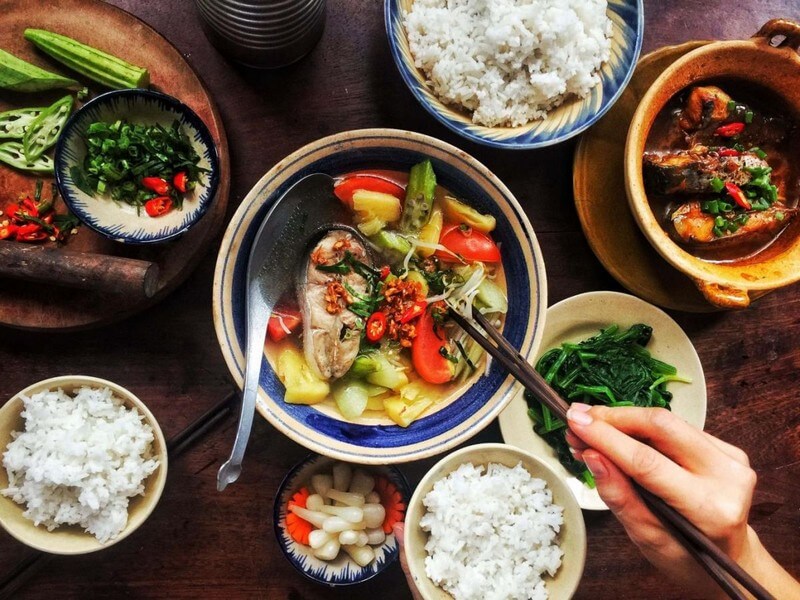
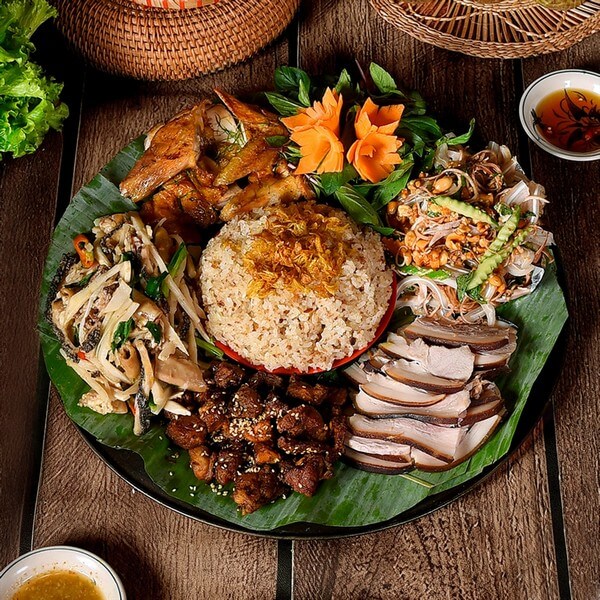
Debunking the Myths: Are Street Foods Safe?
One common concern among travelers is the safety and hygiene of street food. However, it is important to note that the majority of street food vendors in Vietnam take cleanliness very seriously.
As world traveler Jodi Ettenberg points out, it is not usually the street food that makes foreign travelers sick. By finding the right spots, you can indulge in the tastiest food in Vietnam at a fraction of the cost.
Luke Nguyen, another renowned traveler and author, attests to the exciting food culture in Vietnam, highlighting how food is an integral part of Vietnamese life and communication.
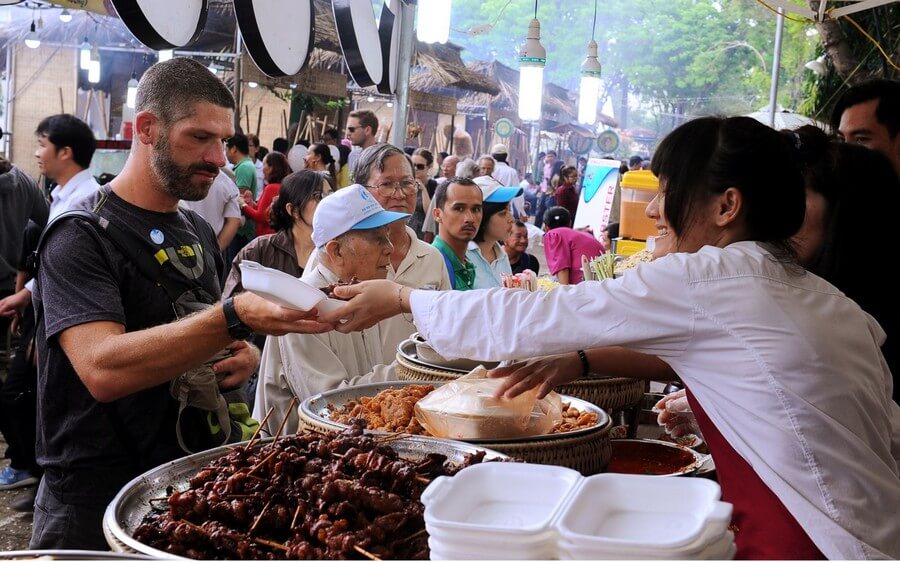
Tips for a Safe and Enjoyable Street Food Experience
If you’re ready to embark on a street food adventure in Vietnam, here are some valuable tips to ensure a safe and enjoyable experience:
Tip 1: Seek Out Food-Only Markets
To find the best street food, head to food-only markets where locals come specifically for their culinary needs. These markets are dedicated to food and are known for their fresh produce and diverse range of vendors.
Avoid touristy markets that sell a mix of everything, as the quality and authenticity of the food may not be as high.
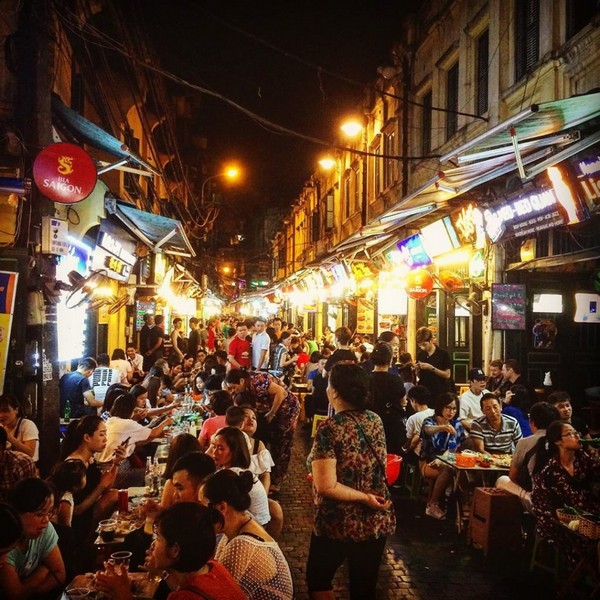
Tip 2: Observe the Cleanliness
Contrary to popular belief, street markets in Vietnam are often clean and hygienic. Vendors adhere to strict practices, ensuring that the food is fresh and safe to consume.
Look for markets where there are no flies and unpleasant odors, as these are indicators of cleanliness and freshness.
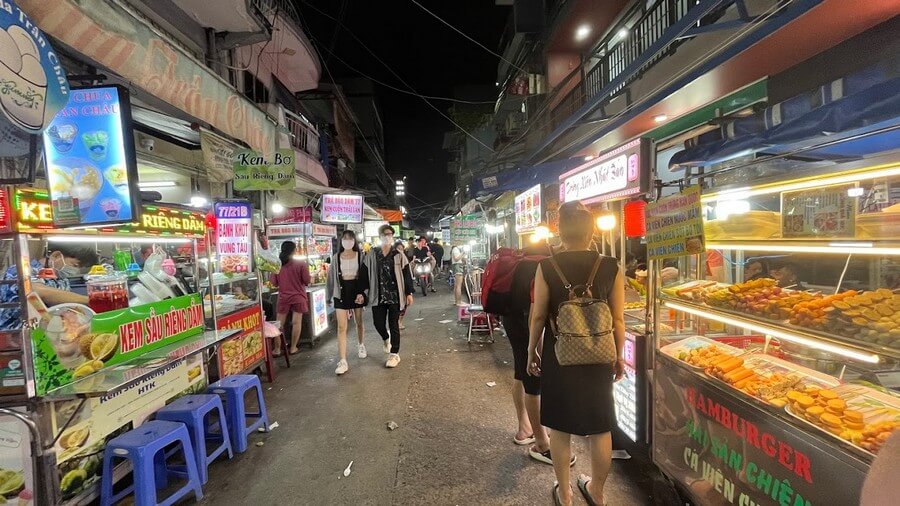
Tip 3: Arrive Early for Freshness
For the best selection and freshness, visit street markets early in the day. Vietnamese markets close when all the food is sold, so arriving before noon guarantees that you’ll witness a mouth-watering display of freshly caught fish, crisp bean sprouts, and other delectable ingredients.
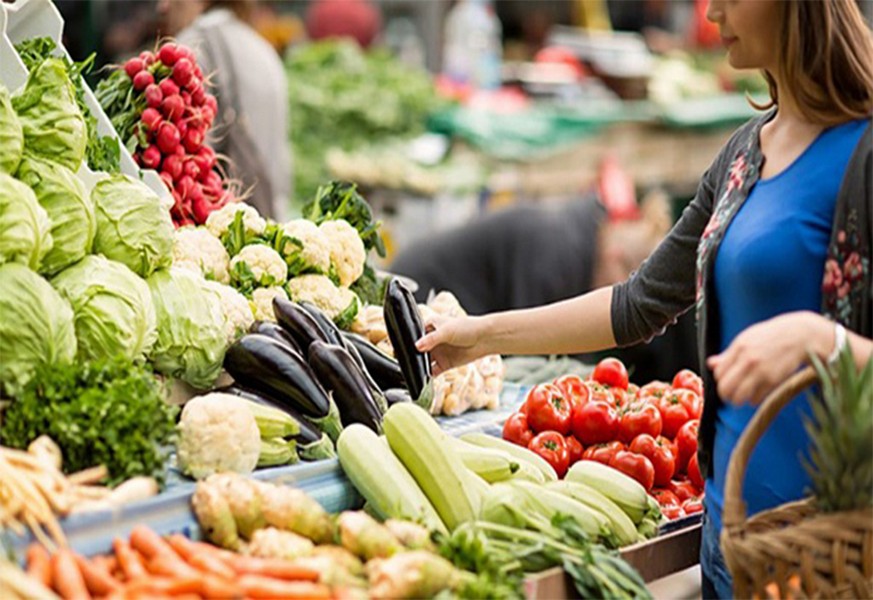
Tip 4: Follow the Crowd
If you’re unsure about which street food stalls to try, follow the crowd. Popular stalls that are crowded with locals are likely to serve delicious and authentic food. Locals know the best spots, so observing where they flock can lead you to hidden culinary gems.
Tip 5: Assess the Surroundings
When choosing a street food stall, pay attention to the cleanliness of the area. A good indicator of a reputable stall is the presence of discarded order chits on the ground, as it suggests a constant flow of customers.
Vietnamese vendors take pride in maintaining clean streets, so a tidy and well-kept stall is a promising sign.
Tip 6: Embrace the One-Dish Specialties
Many small storefronts or front porches in Vietnam specialize in serving one dish only. These establishments focus on perfecting their signature dish, using the freshest ingredients and traditional recipes. Embrace the concept of a moveable feast, hopping from one stall to another to sample a variety of flavors and culinary delights. This way, you can immerse yourself in the local culture while indulging in a gastronomic adventure.
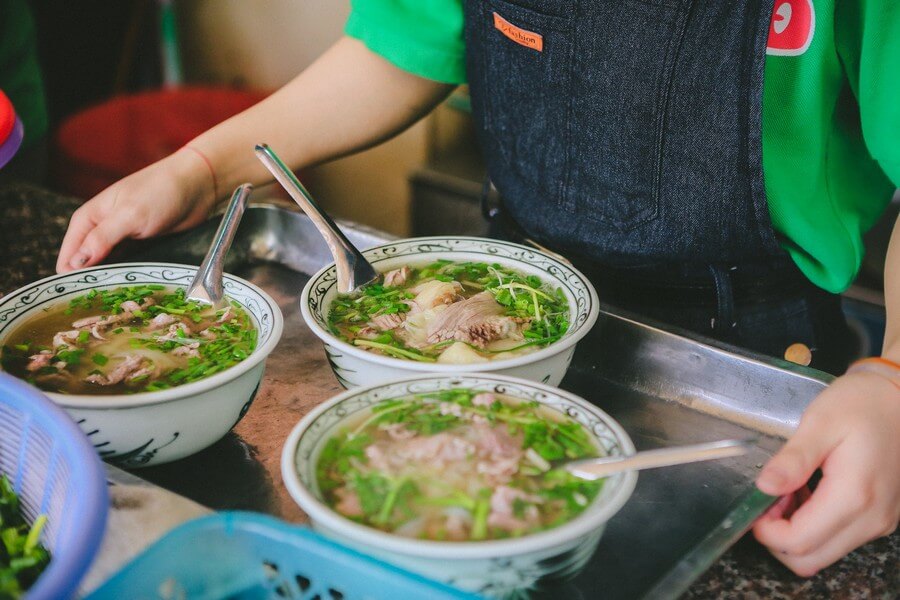
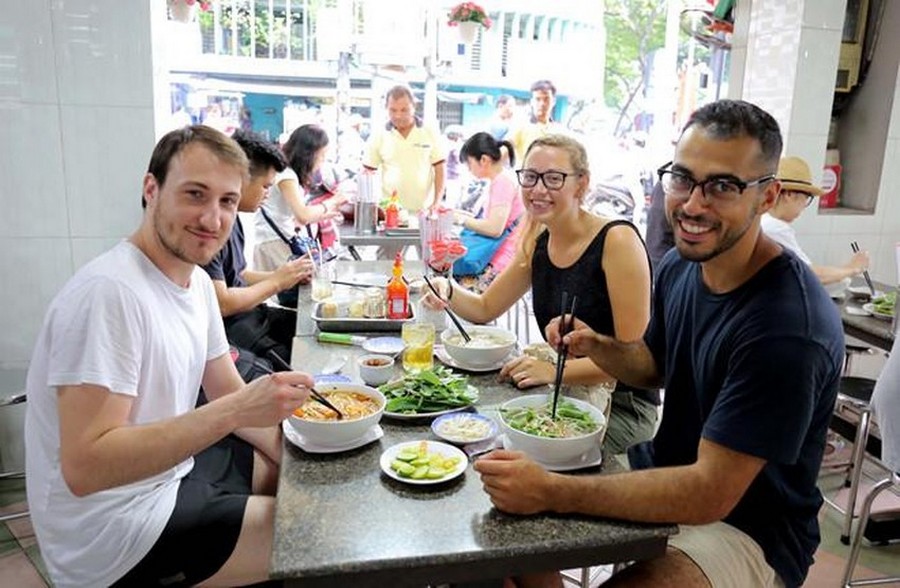
Tip 7: Communicate with the Chefs
To enhance your street food experience, learn a few Vietnamese words and phrases that will help you communicate with the local chefs. For example, “khong thịt” means no meat, which is useful for vegetarians.
Being able to convey your preferences and dietary restrictions will ensure that the chefs can serve you the best options.
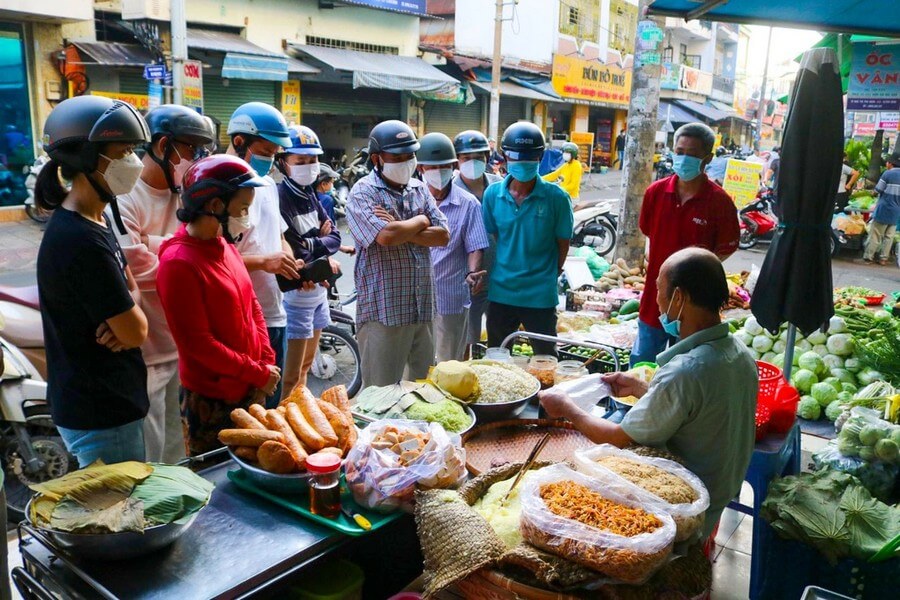
Tip 8: Be Adventurous with Condiments
Vietnamese street food is often served with a variety of fresh vegetables and herbs. Experiment with different condiments to enhance the flavors of your meal.
Try the ubiquitous fish sauce for a salty kick, the chili jar for a spicy twist, and the tangy calamansi to add a zesty flavor. Don’t be afraid to mix and match condiments to create your own unique taste experience.
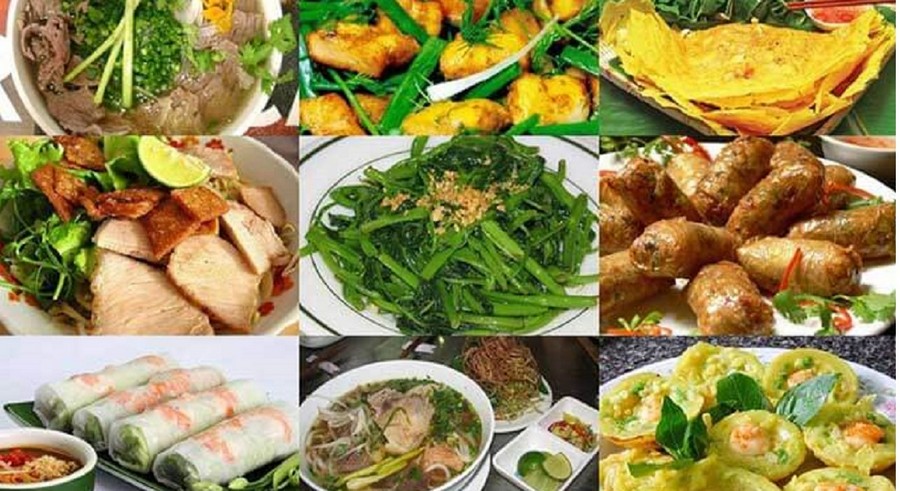
Tip 9: Stay Hydrated and Trust Your Instincts
While indulging in the flavors of Vietnam’s street food, it is important to stay hydrated. Carry a water bottle with you or opt for refreshing beverages like fruit shakes. Additionally, trust your instincts when it comes to selecting food stalls.
If something doesn’t feel right or if a stall appears unsanitary, it’s best to move on and find another option.
Tip 10: Immerse Yourself in the Experience
Eating street food in Vietnam is not just about the delicious flavors; it’s also about immersing yourself in the vibrant atmosphere and unique culture.
Engage with the locals, observe their customs, and savor the sensory experience of dining on the streets of Vietnam. By embracing the street food culture, you will create unforgettable memories and gain a deeper understanding of the country’s culinary heritage.

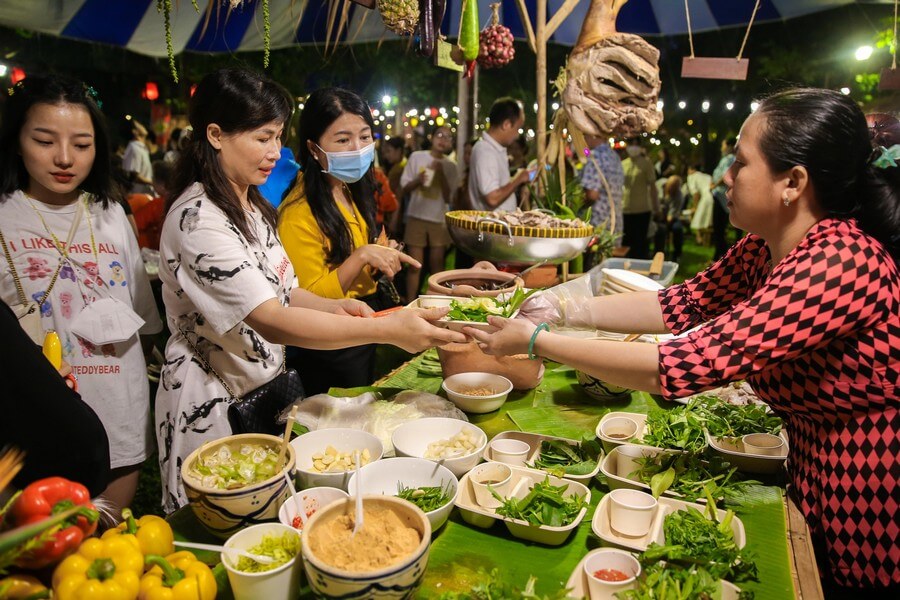
In Conclusion
Eating street food in Vietnam is an adventure for the senses, offering a tantalizing array of flavors, aromas, and textures. By following these tips, you can navigate the bustling streets and markets with confidence, indulging in the best that Vietnamese street food has to offer. Remember to embrace the local culture, be adventurous with your choices, and savor every bite. So, pack your bags, prepare your taste buds, and embark on a culinary journey through the vibrant world of Vietnamese street food. Bon appétit!
For more travel tips and insider knowledge, subscribe to our newsletter and join us on our journey to uncover the hidden treasures of Vietnam’s street food scene.
Additional Information:
- The article should contain at least 10 major sections, further divided into numerous sub-sections.
- Primary Keyword: Street Food in Vietnam
- Secondary Keywords: Vietnamese cuisine, food culture, food-only markets, cleanliness, fresh ingredients, follow the crowd, one-dish specialties, communicate with chefs, condiments, immersive experience.
